David Moses Bridges wants to stay alive long enough to build another canoe.
In a friend’s South Portland workshop, he’s building a 4-foot model of his 16-foot canoe. It’s small enough that he can build it on the shop’s tabletop, and he can muscle it around without disrupting his chemo bag, which hangs around his belly like a fanny pack, or the chest port where the drugs enter his body. Maine’s most celebrated builder of traditional Passamaquoddy birch bark canoes, Bridges has begun his second treatment for cancer in four years. He’s staying with his sister in South Portland while he receives care at Maine Medical Center.
Building the canoe keeps him busy, he said, makes him feel alive.
“Work keeps my mind off where I am,” Bridges said. “If I think about where I am, I would be under the covers all day, just peeping out waiting for the inevitable. I don’t want to do that. Work keeps my mind in a happy place. I am trying to balance the reality by living today, one moment at a time. And today I feel great.”
The 53-year-old grew up in Portland and South Portland, and lives with his wife and their two children, Sabattus and Natanis, in Bar Harbor. (A grown son, Tobias, also lives in Maine.) But Bridges’ home is the Pleasant Point Reservation on the shores of Passamaquoddy Bay, near Perry.
The Passamaquoddy call it Sipayik.
That’s where Bridges learned from his great-grandfather Sylvester Gabriel how to build canoes the traditional way, big and sturdy to navigate the rough ocean and sleek to cut into the bays and rivers. He learned to identify the good trees, how to scale them with his arms and legs and how to harvest the bark without damaging the tree when the sap is running in the spring. He learned to appreciate the smells and sounds of the forest, the sustaining lessons of the earth, and the culture of his family and of his tribe.
His parents both worked, so an extended family of elders raised Bridges. He heard their stories, and some were told in the Passamaquoddy language. He learned the songs. The women taught him to weave baskets. The men taught him to make canoes. They passed their knowledge in a natural way, so it became part of Bridges’ soul.
Today, his canoes, baskets and other examples of his work are in museums across Maine and around the country, said Julia Gray, director of collections and interpretation at the Abbe Museum in Bar Harbor, which is dedicated to Wabanaki culture. It owns several of Bridges’ birch pieces, and he serves on the museum board.
The Maine Arts Commission named him a Traditional Arts Fellow, the state’s highest honor in craft. He finished first for traditional basketmaking at the Heard Museum Guild Indian Fair and Market last March in Arizona. The Eiteljorg Museum of American Indians and Western Art in Indianapolis awarded him an artist residency and purchased a birch wigwam for its collection.
Bridges is recognized as a cultural leader, Gray said, and his illness has shaken his community. On March 1, SPACE Gallery in Portland will show the movie “Rhythms of the Heart,” a Bridges documentary by Maine filmmaker Thom Willey. The screening will include a silent auction to benefit Bridges and his family. He has health insurance through MaineCare but cannot work during his treatment.
“This is something I would never ask for,” Bridges said of the benefit. “But a lot of my friends want to help. I don’t often ask favors of people, but they want to help and I’m going to let them.”
Rhythms Of The Heart from Thom Willey on Vimeo.
‘HE’S A STRONG-WILLED MAN’
Willey made “Rhythms of the Heart” with a happy ending, with the news of Bridges’ recovery from sinus cancer that was diagnosed in 2013. The cancer returned in October, and Willey updated the movie. “It’s not the ending any of us are looking for,” Willey said. “But he’s a strong-willed man. He wants to live.”
Bridges went for his two-year scan last fall, expecting to be told he was cancer-free. Instead, doctors told him the cancer was back, and this time in a bad spot near the base of his skull and alongside the carotid artery. It’s a small tumor in a difficult-to-reach location.
He’s heard different diagnoses from different doctors. One has told him the tumor is inoperable and will be fatal. Another has told him that surgery is possible if the tumor can be shrunk with chemotherapy.
“That’s what we’re hoping for,” he said.
Donna McNeil was director of the Maine Arts Commission when it awarded Bridges its inaugural Traditional Arts Fellowship. One criterion requires that the recipient learn the tradition through family and community. They cannot have received formal schooling for their specialty and should view themselves not as an artist but as a conduit for cultural continuum, McNeil said.
Bridges embodies tradition. He learned a specialty that’s unique to his community and stayed close to home to share it with others as an educator, role model and, now in his 50s, as an emerging elder himself.
Bridges came of age during a time of renewed Native pride in America. He was 11 when the American Indian Movement seized and occupied the town of Wounded Knee on the Pine Ridge Indian Reservation in South Dakota in 1973. That action got his attention. He became interested in Native issues and began standing up for Native rights and traditions. Later, he helped lead a community movement protesting the potential location of a liquefied natural gas terminals near Pleasant Point, and was a plaintiff in a successful lawsuit against the U.S. Bureau of Indian Affairs asserting Native rights in self-determination.
Andy Verzosa became friends with Bridges when their families moved to Willard Square in South Portland about the same time in the 1970s. Verzosa and his brother went to junior high school with Bridges and his sister. The children from both families stood out because they had dark skin. “We used to get called names, beaten up and tormented,” Verzosa said. “There weren’t many brown kids in school. People couldn’t figure out me and my brother. We befriended David and Jennifer because they were going through the same kinds of things.”
When Verzosa operated Aucocisco Galleries in Portland, he exhibited a 16-foot canoe of Bridges in the front room, right off Congress Street. Verzosa lives in Connecticut now and is helping to organize the SPACE Gallery benefit. It was gratifying to exhibit Bridges art in Portland, and it’s gratifying to help him now, Verzosa said. Bridges has always stood up for himself, his family and his community.
“His being sick on a personal level is upsetting, of course,” Verzosa said. “But it’s utmost upsetting for his culture and for his family. He’s a contemporary modern-day warrior who is doing, in whatever way he can, something to make a difference for his community.”
The effects of cancer are apparent in Bridges’ appearance. He’s a strong man, and his core strength has served him well. But he looks gaunt. His most recent chemotherapy left him hospitalized for six days afterward. He was so sick following that treatment, his friends feared his death. He’s lost about 10 pounds, and is down to 142.
Bridges just began his second round of therapy, which will last two more weeks. His family will come down from Bar Harbor and visit when they can, and Bridges will work on his scale canoe as long as his energy holds up. He expects to be in Portland through April.
If things go well, he’ll get back into the forests soon after that. He may lack the strength to scale tall trees this spring, but he hasn’t lost his vision – of his past, present and, he hopes, his future.
“It’s been a long, long journey through the arts world of Maine and through the forests of Maine,” he said. “It’s quite a transition, just to say alive.”
Send questions/comments to the editors.


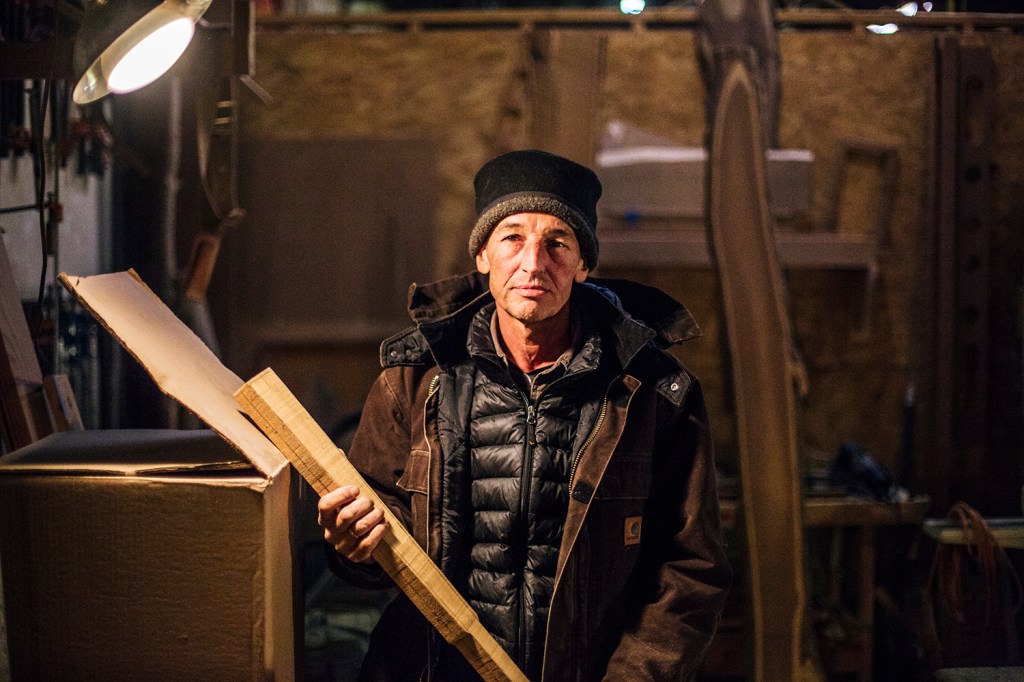

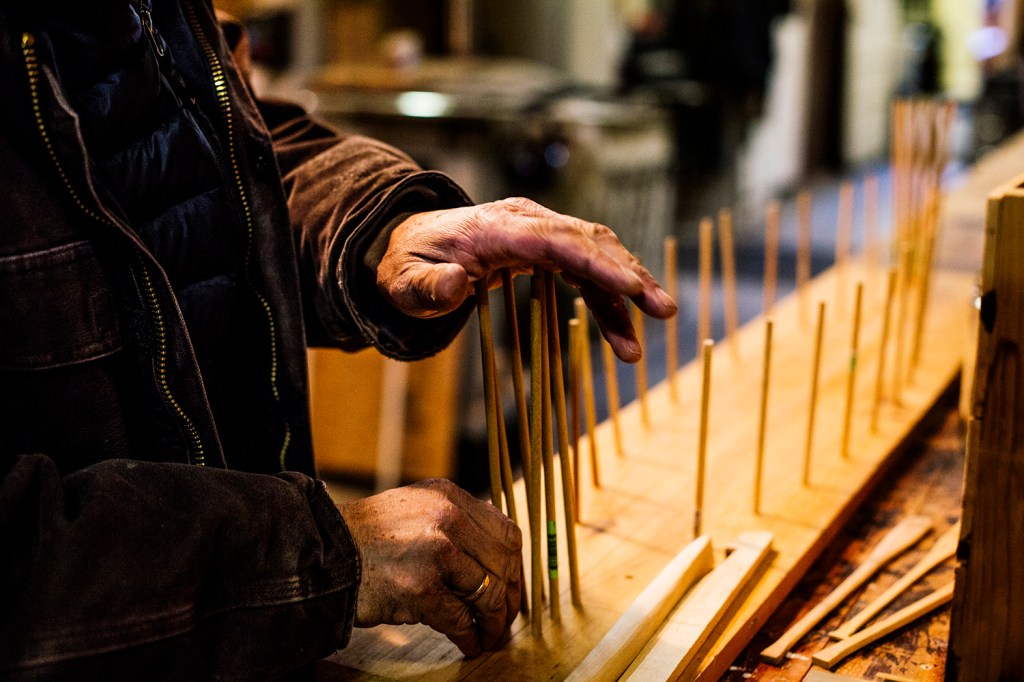
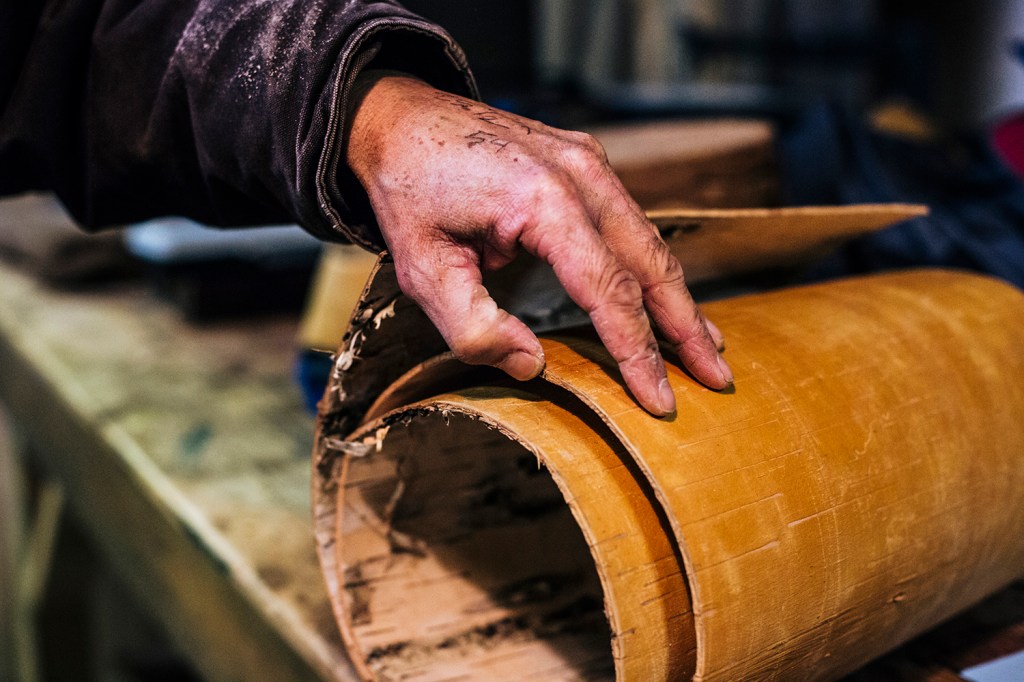
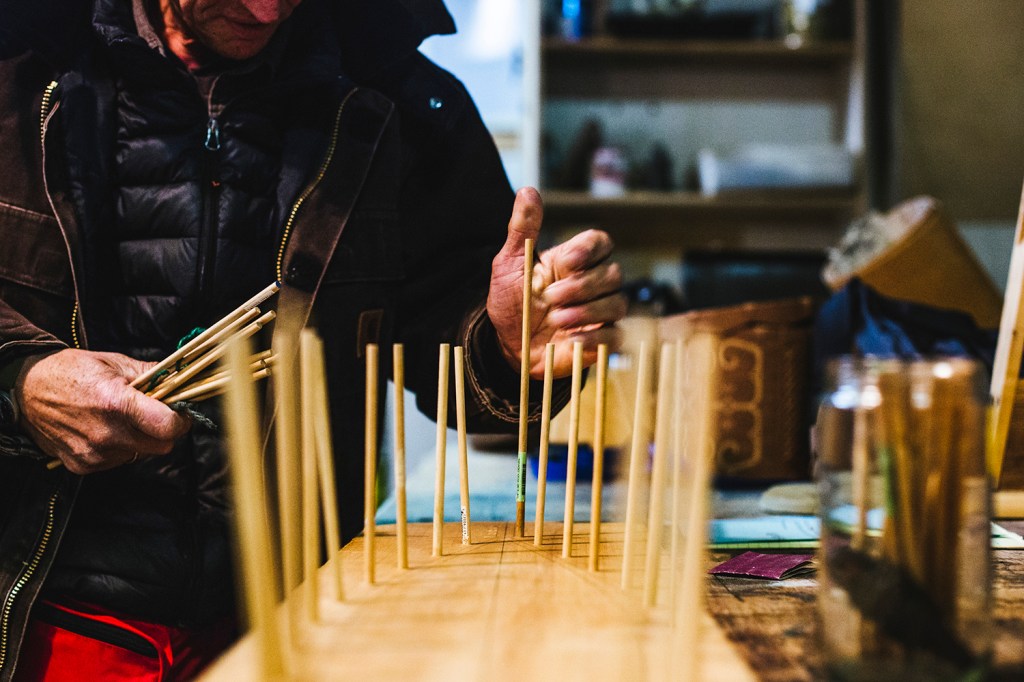
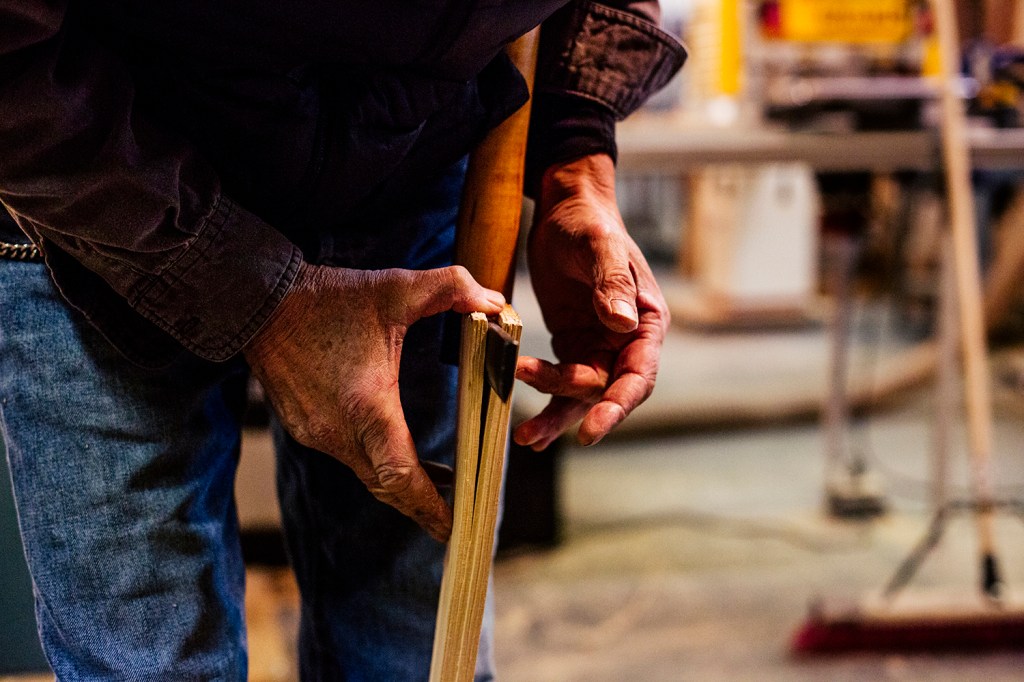
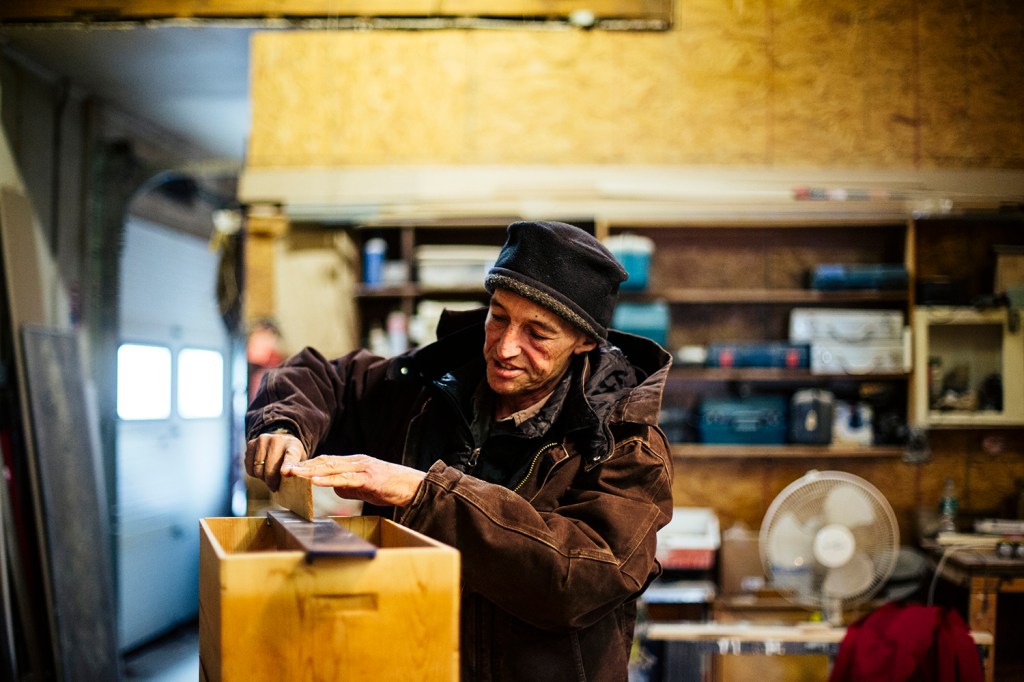
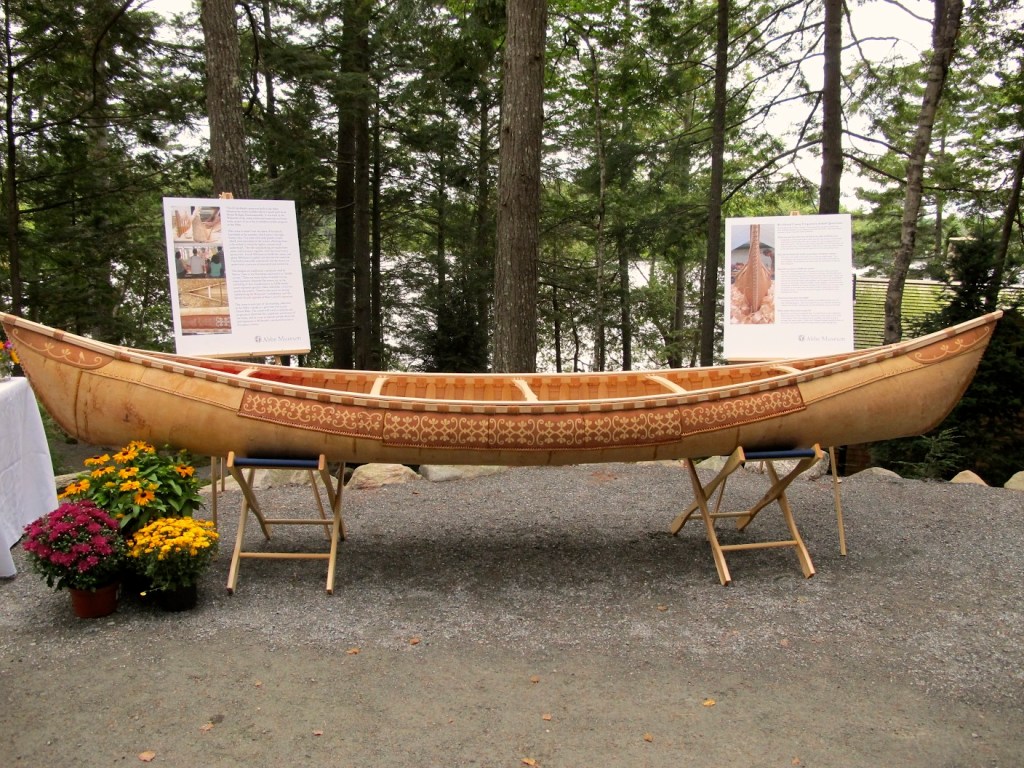


Comments are no longer available on this story